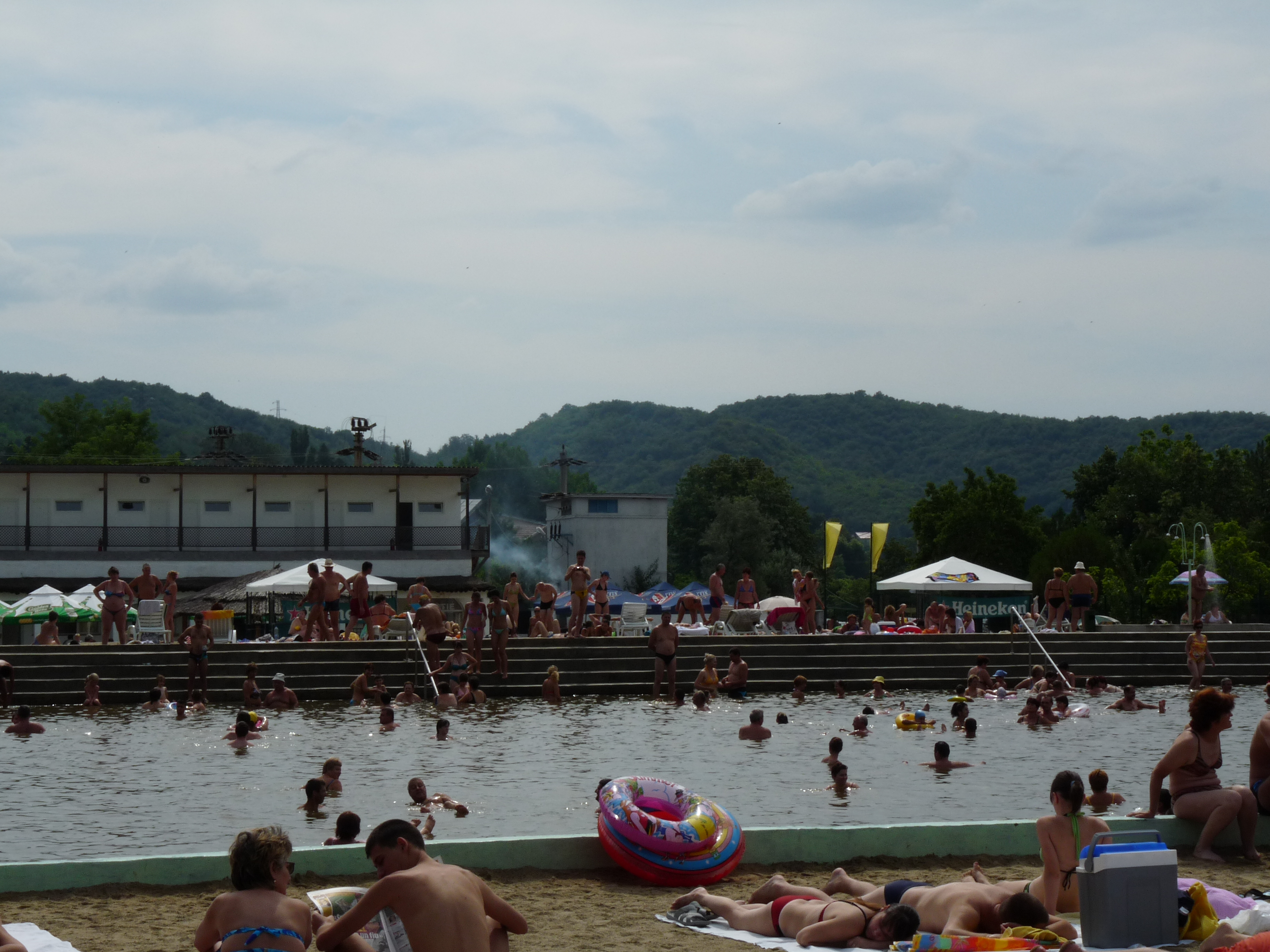
Shock for a salt water pool is a vital process known as super chlorination, which involves adding larger-than-usual amounts of chlorine to maintain a pristine and healthy swimming environment. Although saltwater pools are mostly self-cleaning, they still benefit from periodic shocking to address scenarios such as low chlorine levels, algae formation, or after heavy rain events. Understanding the appropriate frequency of shocking and employing products like those from HTH can ensure an efficient and hygienic pool maintenance routine. Below is a guide to essential factors and steps for effectively shocking a saltwater pool.

| Shocking Situations | Procedure | Recommended Types of Shock |
|---|---|---|
| Low chlorine levels | Check pool chemistry, determine amount of shock needed, run the filter | Calcium hypochlorite, liquid chlorine |
| Algae formation | Add shock in the evening, adjust chlorine generator | HTH Pool Care Algae Guard, liquid chlorine |
| Heavy pool use or after rain | Regularly check chlorine levels, shock as needed | HTH products tailored for salt water pools |
Even though saltwater pools have a reputation for self-cleaning, the inevitable pollen, debris, and bather contamination can really take a toll. That's where shocking comes into play. It's like a swift reset button, rebalancing everything and ensuring swimmers enjoy crystal-clear water. While you might not need to shock as often as traditional chlorine pools, doing so after particular conditions like heavy rain or excessive use will keep your pool in tip-top shape.
To carry out an effective shock treatment, a few key steps should be followed:

Adjust your chlorine generator post-shock to harmonize with your existing sanitizer levels.
The type of shock matters. While calcium hypochlorite and liquid chlorine are commonly used, the choice largely depends on your pool's specific needs. For saltwater pools, HTH offers tailored products that simplify maintenance and reduce the need for frequent shocks. Their items, designed to balance pH, alkalinity, and sanitizer levels, target common issues like algae and cloudy water without compromising your salt cell or equipment.
It's wise to shock your pool weekly during peak swim season, adjusting based on pool use and weather. Rainy days and pool parties can dilute chlorine and invite unwelcome guests like algae, so test your pool more frequently during these times. Regular checks will inform the best customized shock schedule for the pool.

Keeping your pool pristine is less daunting with products made for the job. HTH's range of saltwater pool solutions facilitates ongoing maintenance, minimizing potential problems more efficiently than relying solely on a saltwater generator. For a thorough understanding of such maintenance, consider referencing an chlorinator-W3T-Cell-3-Replacement-Generator-Inground/dp/B0D6XHXS5G which shows innovations in pool technology.
How do you handle shock maintenance in your saltwater pool? Share your tips and experiences in the comments below!
For more recent articles and content on pool maintenance, visit our blog.

The Replacement Salt Water Pool Chlorinator System, compatible with Hayward Turbo Cell T-3, provides efficient and reliable saltwater chlorination for inground pools up to 15,000 gallons. Designed to replace your existing system, this chlorinator ensures consistent salt water pool maintenance, offering enhanced water clarity and hygiene with minimal effort. Built for durability, it promises a long-lasting solution with easy installation, making it a perfect choice for maintaining a pristine and healthy pool environment.
Maintaining a salt water pool involves several key steps, including the essential process of shocking to keep the water clean and safe. For a more detailed guide on salt water pool maintenance, be sure to watch Swim University's video [Salt Water Pool Maintenance for Beginners](https://www.youtube.com/watch?v=example).
Calcium hypochlorite (a fast-acting, granular option) and liquid chlorine (sodium hypochlorite) are two popular choices. Calcium hypochlorite shines during algae outbreaks because of its quick action. Liquid chlorine is simple to use but can alter your pool’s pH balance, so keep an eye on water chemistry when using it.
Even though salt generators produce chlorine, there are times when demand outpaces what the generator can handle—like after heavy pool usage or unexpected contamination. During these periods, shocking helps boost chlorine levels quickly and protects your pool water from bacteria and algae.
Aim to shock your saltwater pool once a week during peak swimming months, and bump up treatment after big pool parties or rainstorms. If you spot algae, shock more frequently—twice a week or until the water is clear—to restore a safe, clean environment for swimmers.
Yes, Clorox Shock XtraBlue 2 is suitable for saltwater pools. It offers an effective shock treatment that works with your salt system to help maintain clear, sanitized water. Always follow the product instructions and monitor your pool’s chemistry to keep everything balanced.
Maintaining your saltwater pool with regular shocking is essential to ensure clear, sparkling water and a safe swimming environment. By performing super chlorination, you're not only keeping your pool clean but also protecting it from harmful contaminants. Remember, a well-maintained pool is a happy pool!
We'd love to keep sharing helpful pool maintenance tips and updates with you! Follow us on Instagram to stay in the loop and join our community of pool enthusiasts.

Immerse yourself in architecture’s most boundary-pushing ideas—where innovative home improvements meet visionary urban developments. Discover new building techniques, materials, and creative concepts that are redefining how we shape our spaces on a global scale.